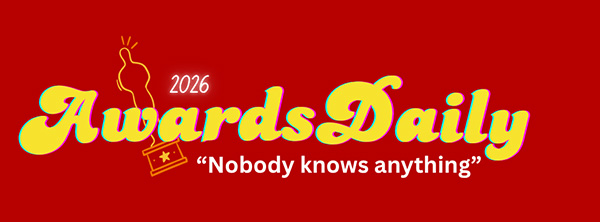My family never had enough money to buy clothes from Abercrombie & Fitch, but I was always acutely aware of its presence. I graduated high school in the early 2000s, so all the popular kids in my school were wearing shirts emblazoned with Abercrombie’s logo (I’m talking the Steves, the Tylers, the Taras of the world). Alison Klayman’s playful and entertaining documentary, White Hot: The Rise and Fall of Abercrombie & Fitch, lays out the clothier’s disgusting exclusionary practices before our very eyes. It makes us wonder how we didn’t see it all along.
If someone asked me what Abercrombie’s signature style was, I couldn’t answer them. What I could recount, however, is the branding. The bags with the muscled torso. The scent that permeated throughout my local mall like a stink bomb or a fragranced fog. The guys that flanked the doors of the store and intimidated and excited every closeted gay kid like me. It’s mind-boggling that I never really owned many articles of clothing from A&F, but I have distinct memories of the very image that they were trying to promote.
 Klayman speaks to former recruiters, models, and merchandisers about their experiences working with the “all-American” clothing store. Originally started as a brand for the well-dressed outdoorsman, Abercrombie mutated into what we know of it today when billionaire Les Wexner brought in Mike Jeffries to turn it around.
Klayman speaks to former recruiters, models, and merchandisers about their experiences working with the “all-American” clothing store. Originally started as a brand for the well-dressed outdoorsman, Abercrombie mutated into what we know of it today when billionaire Les Wexner brought in Mike Jeffries to turn it around.
Jeffries (who declined to participate in Klayman’s film) wanted to make a brand that combined sex, history, and elitism. He created an environment and a culture that catered to good-looking white people, and White Hot really becomes investigative when we hear from former employees who recount their experiences of being told that they don’t belong. One Black employee explains how she found herself vanishing from the schedule and told she could only work shifts when the store was closed while others talk about their reactions to A&F promoting and selling racist t-shirts.
Did Jeffries just want to surround himself with hot people because he didn’t have good experiences in his youth? If social media was around in the early 2000s, Jeffies probably would’ve left the company earlier and Abercrombie might’ve retained some of its muscled, shirtless allure–Klayman also dives into how the branding was definitely very gay but it went over the heads of some straight people. As White Hot lays out all of the cases and complaints against Abercrombie, it’s shocking that they were so successful for so long. Klayman incorporates imagery from catalogues with animation to create a colorful, visual context. White Hot teases you but then asks how you would react in the same situation. Could you sacrifice being cool for doing what’s right?
Can a company with racist practices truly rebrand and rebuild? Abercrombie & Fitch is trying to do just that with new CEO Fran Horowitz. Here’s hoping that she can clear the cologned air.
White Hot: The Rise and Fall of Abercrombie & Fitch debuts on Netflix on April 19. \
















